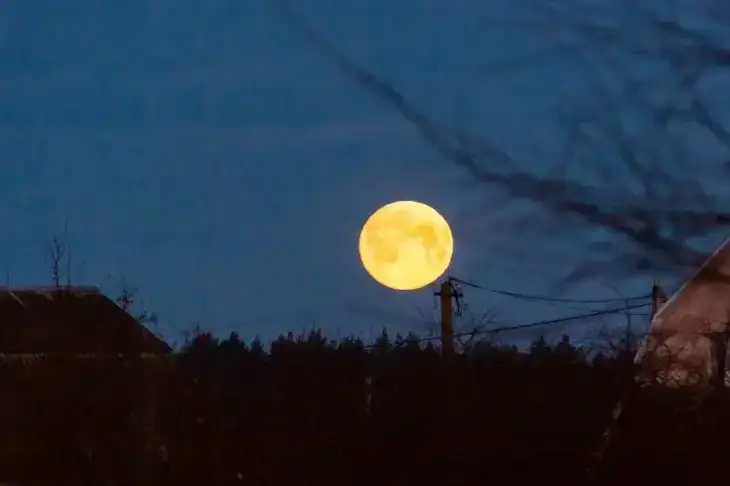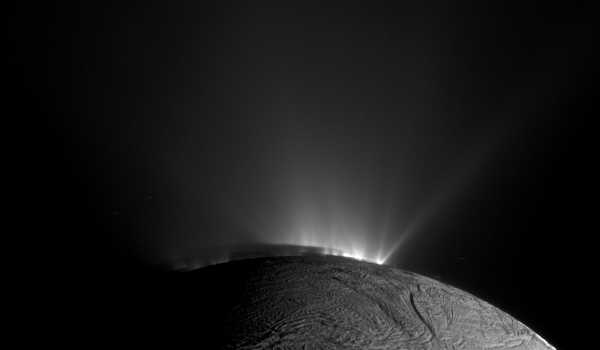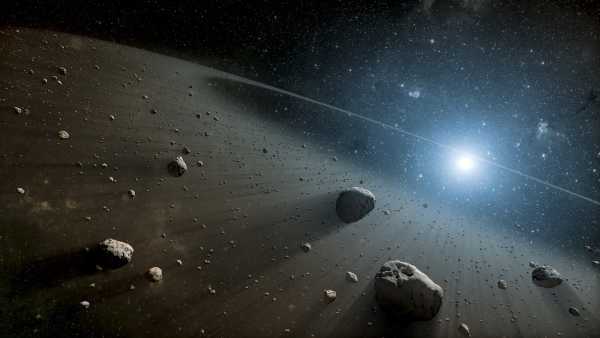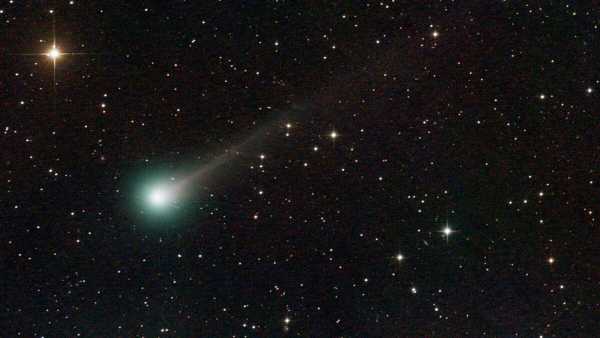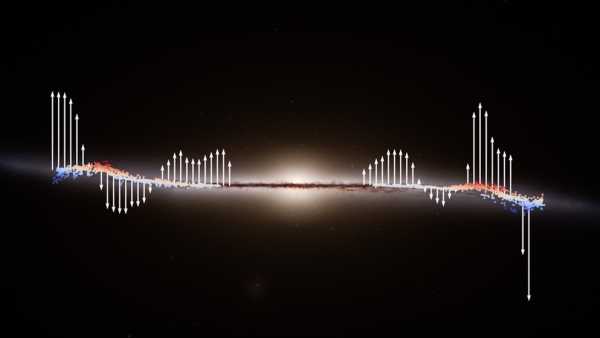
An edge-on image of the Milky Way, obtained using data from the European Space Agency's Gaia star-mapping mission. A clear “wave” of stellar motion is visible, indicated by vertical arrows. (Image credit: ESA/Gaia/DPAC, S. Payne-Wardenaar, E. Poggio et al (2025))
A new study shows that a massive “wave” is sweeping through our galaxy, sweeping billions of stars along with it.
The Milky Way's galactic wave has been spotted in mapping data from the European Space Agency's (ESA) Gaia space telescope, which accurately tracked the positions and motion patterns of millions of stars before being decommissioned earlier this year.
You may like
-
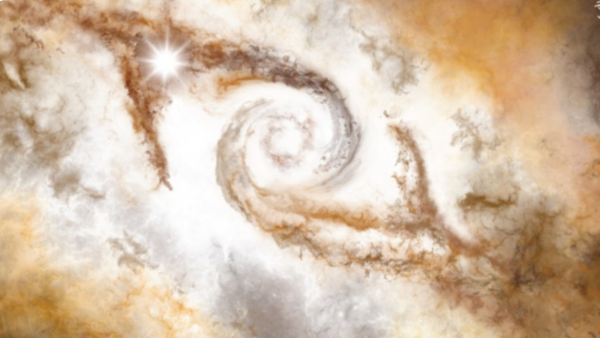
This 200-Light-Year-Wide Structure May Power the Center of Our Galaxy: “Nobody Suspected This Cloud Existed”
-
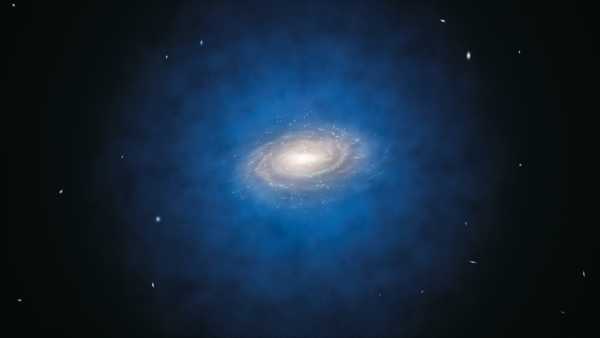
Scientists say echoes of the Big Bang indicate that Earth is located in a giant cosmic void.
-
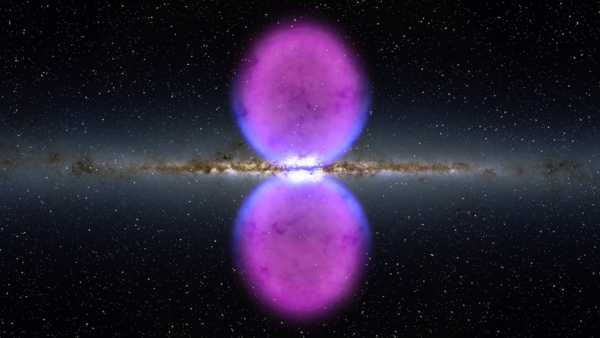
Ice cube-shaped clouds discovered at the center of a galaxy shouldn't exist – and they hint at a recent black hole explosion.
Astronomers still don't know what caused this movement. ESA representatives stated that the strong jolt could have been caused by a collision with a smaller dwarf galaxy, but further research is needed to answer this question.
The results were published July 14 in the journal Astronomy & Astrophysics.
Wave mapping
Gaia has been mapping the velocities and motions of stars for nearly twelve years. In 2020, the telescope noticed the Milky Way's disk oscillating like a spinning top. This new wave was investigated by tracking the motion and positions of young giant stars, as well as a group of Cepheid stars—stars with predictable but variable brightness.
“Because young giant stars and Cepheids move with the wave, scientists believe that gas in the disk may also be involved in these large-scale ripples,” ESA representatives wrote in a statement. “Perhaps young stars retain a memory of the wave information received from the very gas from which they were born.”
ESA representatives compared the galactic wave to the “wave” created by a crowd in a stadium: in a group movement starting at one side of the stadium and moving section by section to the other side, people rise from their seats, stand up straight, stretch out their arms, and then sit down again.
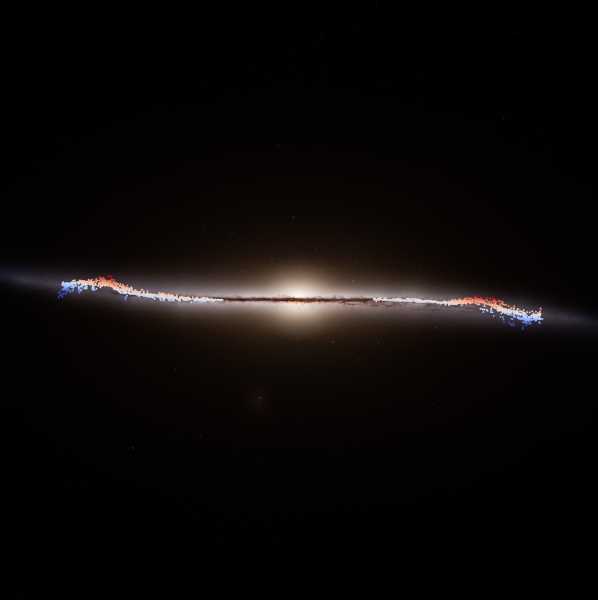
When observing the motion of stars at the edges of the Milky Way, a clear wave pattern can be seen, as shown in this map of Gaia data.
A similar type of wave motion is observed when observing our galaxy edge-on. These vertical movements, indicated by arrows, represent ripples in the Milky Way's disk.
“The observed behavior is consistent with what we expect from a wave,” lead study author Eloisa Poggio, an astronomer at the National Institute for Astrophysics in Italy, said in a statement.
RELATED STORIES
— Fly among 44 million stars in the latest 3D map of our galaxy, produced by the Gaia telescope — Space Photo of the Week
— The Milky Way is rippling like a pond, and scientists may finally know why.
— A giant extraterrestrial “wave” struck Earth 14 million years ago and may have radically changed our planet's climate.
The newly discovered wave may also be related to a much smaller ripple in the Milky Way already known to scientists. The Radcliffe Wave, known as the Radcliffe Wave, is visible approximately 500 light-years from the Sun and extends 9,000 light-years into space.
“However, the Radcliffe wave is a much smaller filament, located in a different part of the galactic disk than the wave studied in our work,” Poggio said. “These two waves may or may not be related. That's why we'd like to conduct further investigations.”
TOPICS Milky Way

Elizabeth Howell, Live Science contributor
Elizabeth Howell served as a staff writer for Space.com from 2022 to 2024 and was a regular contributor to Live Science and Space.com from 2012 to 2022. Elizabeth's reporting includes numerous exclusive interviews with the White House, several appearances on the International Space Station, observing five human spaceflight launches on two continents, parabolic flights, working in a spacesuit, and participating in a simulated Mars mission. Her latest book, “Why Am I Taller?” (ECW Press, 2022), was co-authored with astronaut Dave Williams.
You must verify your public display name before commenting.
Please log out and log back in. You will then be asked to enter a display name.
Exit Read more

This 200-Light-Year-Wide Structure May Power the Center of Our Galaxy: “Nobody Suspected This Cloud Existed”
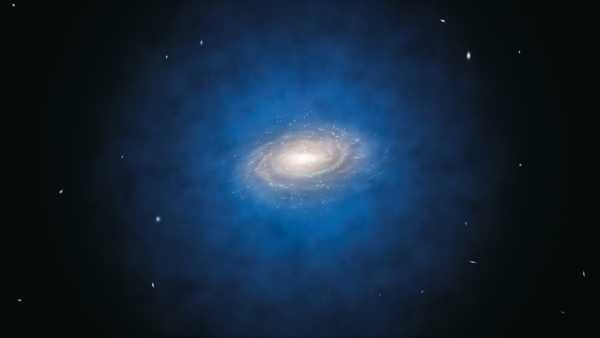
Scientists say echoes of the Big Bang indicate that Earth is located in a giant cosmic void.
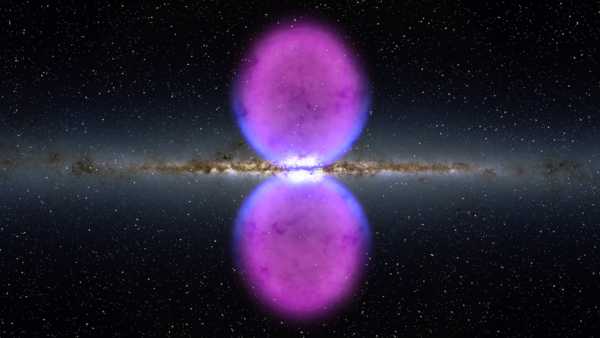
Ice cube-shaped clouds discovered at the center of a galaxy shouldn't exist – and they hint at a recent black hole explosion.
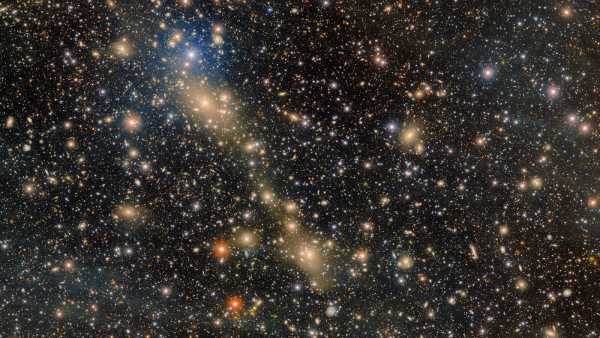
Scientists have captured a bridge of wandering stars being sucked from one galaxy into another.
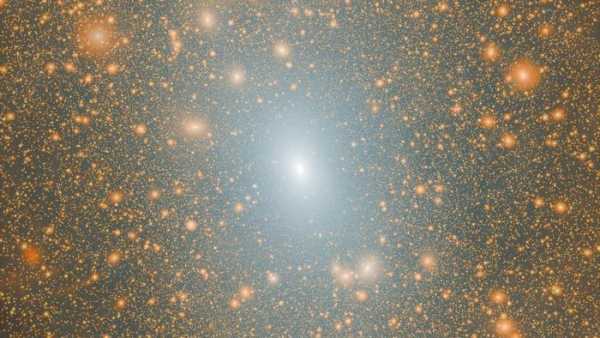
Supercomputer simulations have shown that 100 undiscovered galaxies may orbit the Milky Way.
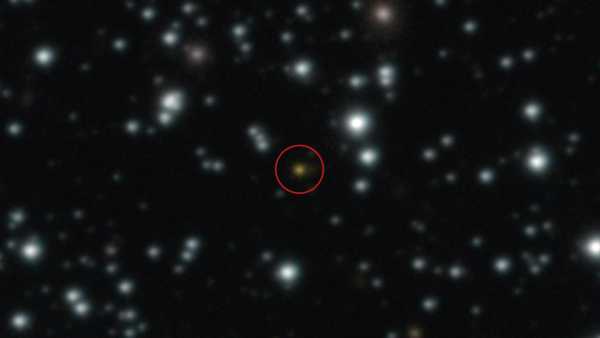
Scientists say the mysterious cosmic explosion cannot be explained.
Latest astronomy news
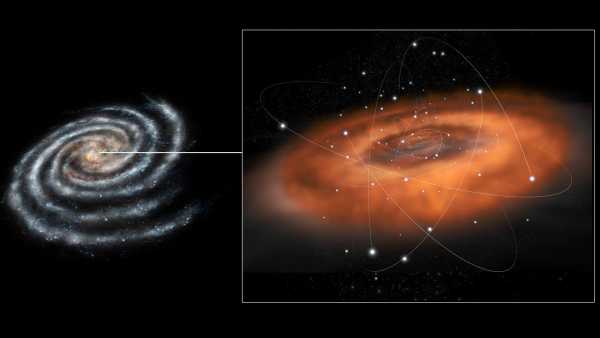
Stars live longer, strange life after almost being swallowed by a black hole
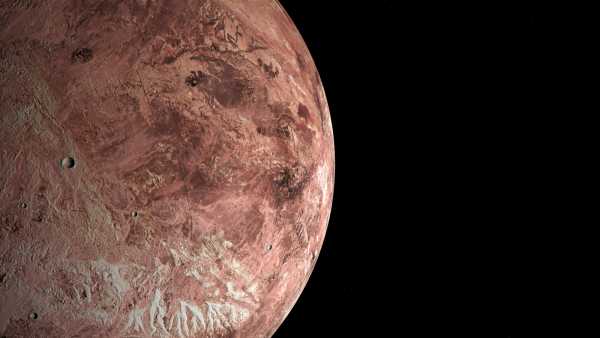
The James Webb Space Telescope has discovered a 'farting' dwarf planet with fluorescent gas in the outer solar system.
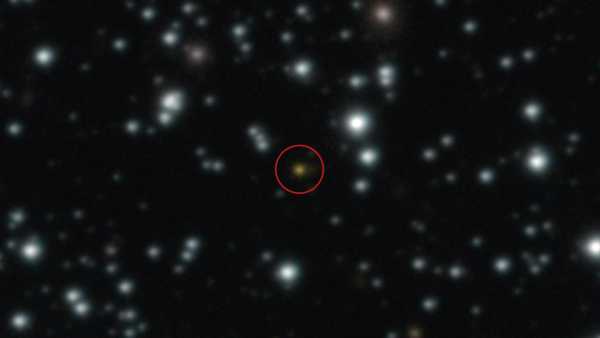
Scientists say the mysterious cosmic explosion cannot be explained.
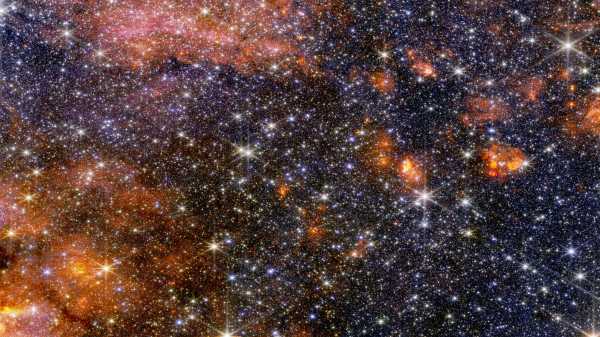
The James Webb Space Telescope has discovered thick cosmic dust in Sagittarius B2, the largest star-forming cloud in the Milky Way — Space Photo of the Week
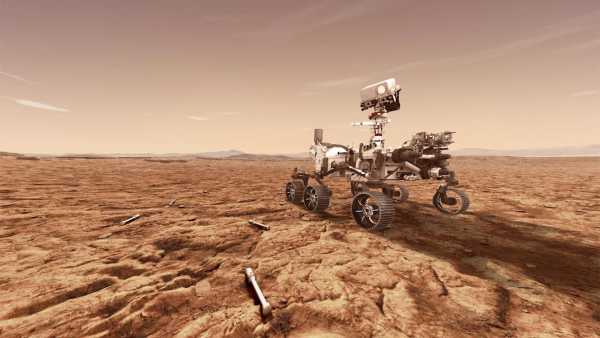
“If there's a space race, China is already winning”: NASA is unlikely to deliver Martian soil samples to Earth before China, experts say.
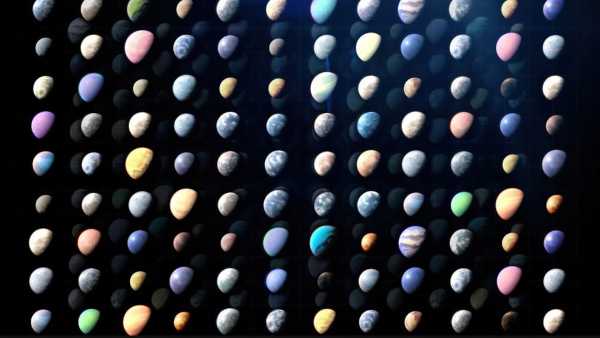
It's official: humans have discovered 6,000 planets outside the solar system.
Latest news

Jane Goodall, the renowned primatologist who discovered chimpanzee tool use, has died at age 91.
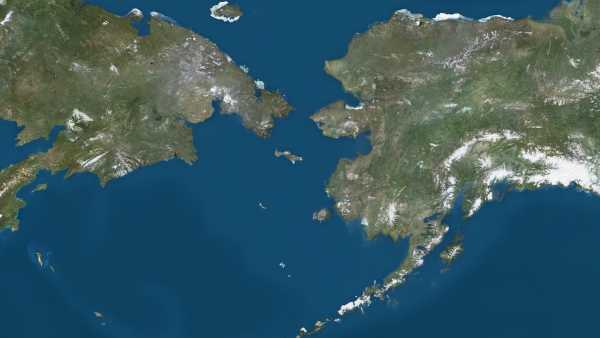
New research has shown that the Bering Land Bridge formed much later than we thought.

Scientists created human eggs from skin cells and then used them to create embryos.
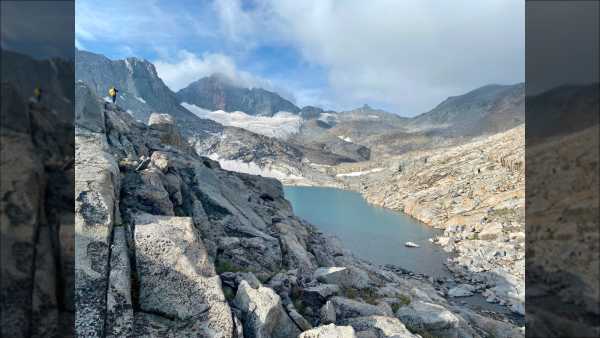
Yosemite's glaciers have survived for 20,000 years, but we may be the first people to see the Sierra Nevada ice-free.

Years of repeated blows to the head increase the risk of CTE—even if they aren't concussions.
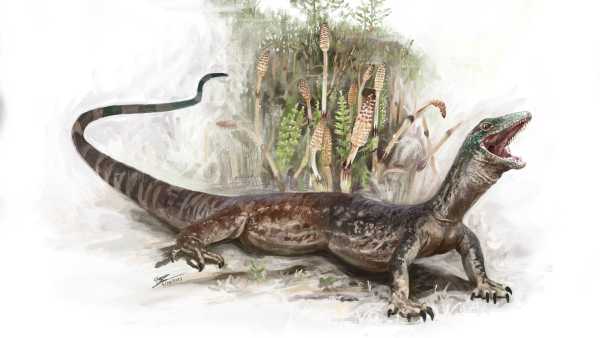
A mysterious 160-million-year-old creature discovered on the Isle of Skye is half lizard, half snake.
LATEST ARTICLES

1Jane Goodall, the renowned primatologist who discovered chimpanzees' use of tools, has died at the age of 91.
Live Science magazine is part of Future US Inc., an international media group and leading digital publisher. Visit our corporate website.
- About Us
- Contact Future experts
- Terms and Conditions
- Privacy Policy
- Cookie Policy
- Accessibility Statement
- Advertise with us
- Web notifications
- Career
- Editorial standards
- How to present history to us
© Future US, Inc. Full 7th Floor, 130 West 42nd Street, New York, NY 10036.
var dfp_config = { “site_platform”: “vanilla”, “keywords”: “type-news-daily,serversidehawk,videoarticle,van-enable-adviser-
Sourse: www.livescience.com


